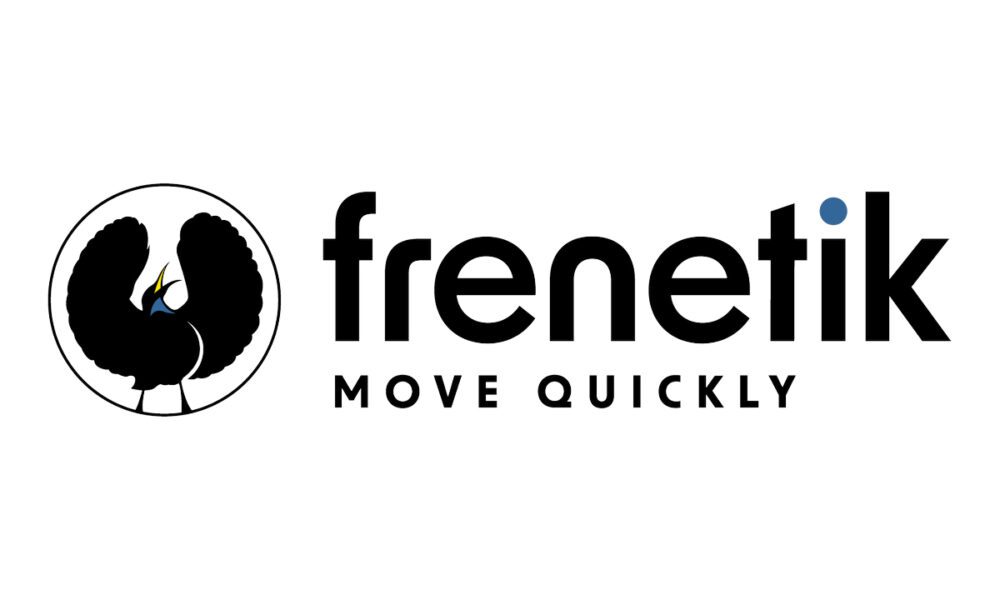Welcome to the world of German interior design, where functionality meets aesthetics in perfect harmony. From sleek lines to eco-conscious choices, German designers have redefined the way we view interior spaces. In this article, we’ll delve into the artistry, history, key elements, and influential figures of German interior designs. Whether you’re a design enthusiast or simply looking to enhance your living space, join us as we explore the captivating realm of German interior design.
The Artistry of German Interior Design
German interior design is a testament to the principle that less is more. The emphasis on functionality and minimalism creates spaces that are not only visually appealing but also incredibly practical. Each element serves a purpose, resulting in an uncluttered and serene atmosphere.
Historical Roots and Cultural Influence
The roots of German interior design can be traced back to the Bauhaus movement of the early 20th century. This movement, which emphasized the marriage of art and technology, has had a profound impact on modern design principles. German culture, with its appreciation for precision and craftsmanship, continues to shape interior design preferences.
Key Elements of German Interior Design
Natural materials such as wood, stone, and leather take center stage in German interior design. Neutral color palettes create a sense of tranquility, allowing furniture and decor to stand out. The clean lines and geometric shapes are a nod to Bauhaus aesthetics, creating a harmonious blend of form and function.
Balancing Aesthetics and Functionality
German interior designers are masterful in balancing aesthetics and functionality. Multi-purpose furniture and innovative storage solutions maximize space without sacrificing style. The result is living spaces that are both beautiful and efficient, catering to the needs of modern lifestyles.
Sustainability and Eco-Friendliness
Eco-consciousness is a hallmark of German interior design. Designers prioritize sustainable materials, energy-efficient lighting, and smart home technology to reduce the environmental impact. This commitment to sustainability resonates with individuals who seek ethical and responsible design choices.
Influence on Contemporary Interior Trends
The principles of German interior design have transcended borders, influencing global design trends. Bauhaus-inspired minimalism, emphasis on quality, and integration of technology have become central tenets of modern interior aesthetics.
Famous German Interior Designers
Renowned designers like Peter Zumthor, known for his poetic use of materials, and Konstantin Grcic, celebrated for his functional yet innovative creations, have left an indelible mark on the world of design. Patricia Urquiola’s fusion of styles showcases the cross-cultural influences that enrich German interior design.
Cultural Diversity and Fusion
German interior design is a canvas for cultural fusion. It seamlessly incorporates elements from around the world while maintaining its distinctive identity. Traditional German motifs and contemporary global influences converge to create spaces that tell stories of heritage and modernity.
Creating the Perfect German-inspired Space
To infuse your space with German design elements, focus on simplicity and purpose. Choose furniture that marries aesthetics with functionality. Incorporate natural textures and muted colors for a soothing ambiance. Let each piece contribute to the overall harmony of the space.
Exploring Regional Variations
Germany’s diverse regions bring their unique flavor to interior design. Urban areas often embrace sleek, modern aesthetics, while rural settings lean towards rustic charm. This regional diversity adds depth and variety to the world of German interior design.
Challenges and Innovations
In the digital age, luxury interior designers face challenges in maintaining the human touch. However, they’ve embraced technology to collaborate with clients and bring designs to life virtually. This innovative approach ensures that the essence of German design remains intact.
Future Trends in German Interior Design
As technology advances, smart home integration is set to become a defining feature of German interior design. Expect spaces that seamlessly blend convenience, sustainability, and aesthetics. Evolution in materials, colors, and design philosophies will continue to shape the future of German interiors.
Embracing German Interior Design Worldwide
The allure of German interior design extends far beyond its borders. Whether you’re in Tokyo or New York, you can incorporate German design principles into your home. The universal appeal of functionality, elegance, and timelessness makes German interior design a global favorite.
Conclusion
German interior design is a symphony of form and function, a celebration of heritage and innovation. With a rich history, enduring principles, and visionary designers, it continues to captivate the world. Whether you’re drawn to the simplicity of minimalism or the warmth of natural materials, German interior design offers a canvas for self-expression and a blueprint for harmonious living.
FAQs About German Interior Design
Is German interior design only minimalistic?
While minimalism is a prominent feature, German interior design also encompasses other elements such as functionality, sustainability, and the use of natural materials.
How do German designers incorporate sustainability into their work?
German designers prioritize sustainable materials, energy-efficient solutions, and eco-conscious practices to create environmentally-friendly interiors.
What is the significance of Bauhaus in German interior design?
The Bauhaus movement laid the foundation for modern design principles in Germany, influencing minimalist aesthetics and the integration of art and technology.
Can I incorporate German design elements in a traditional home?
Absolutely! German design principles can be adapted to various styles, allowing you to infuse your traditional home with functional and timeless elements.
Are there any affordable alternatives for German-inspired furniture?
Yes, there are many affordable options that capture the essence of German design. Look for furniture pieces that prioritize quality and functionality.



































